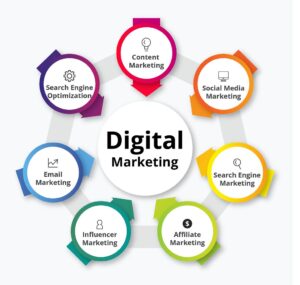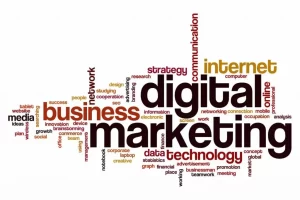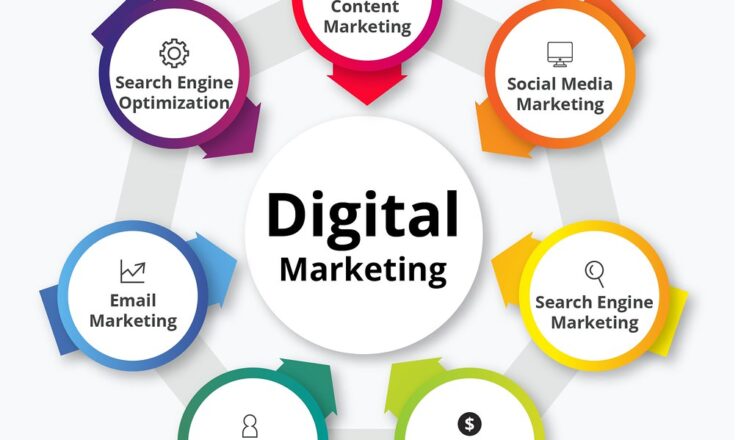What is Digital Marketing?
Digital marketing refers to the use of digital channels and technologies to promote products or services to consumers. It encompasses a wide range of strategies and techniques that leverage the internet and electronic devices.

Types of Digital Marketing
- Search Engine Optimization (SEO): Optimizing websites to rank higher in search engine results, improving visibility and traffic.
- Content Marketing: Creating and sharing valuable content to attract and engage a target audience, such as blog posts, videos, and infographics.
- Social Media Marketing: Using platforms like Facebook, Instagram, Twitter, and LinkedIn to promote products and engage with customers.
- Email Marketing: Sending targeted emails to prospects and customers to promote products or share valuable information.
- Pay-Per-Click (PPC) Advertising: Running ads where advertisers pay a fee each time their ad is clicked, such as Google Ads or social media ads.
- Affiliate Marketing: Partnering with other businesses or individuals to promote products, where affiliates earn a commission on sales generated through their referrals.
- Influencer Marketing: Collaborating with influencers who have a significant following to promote products or services.
- Video Marketing: Using videos to promote products, educate customers, or provide entertainment, commonly shared on platforms like YouTube.
- Mobile Marketing: Targeting customers through mobile devices via apps, SMS, or mobile-optimized websites.
- Display Advertising: Using visual ads on websites, apps, or social media to attract users.
- Native Advertising: Ads that blend in with the content of the platform they appear on, providing a non-disruptive user experience.
Benefits of Digital Marketing
- Cost-Effective: Often more affordable than traditional marketing methods.
- Targeted Audience: Allows precise targeting based on demographics, interests, and behaviors.
- Measurable Results: Provides analytics and data to track the effectiveness of campaigns.
- Global Reach: Expands market reach beyond geographical boundaries.
- Improved Engagement: Facilitates direct interaction with customers, enhancing engagement and loyalty.
- Flexibility: Easy to adapt and modify campaigns based on performance and feedback.
- Increased Conversion Rates: Tactics like SEO and PPC can lead to higher conversion rates compared to traditional marketing.
Challenges
– Rapid Changes: Digital marketing trends and algorithms change frequently.
– Competition: High competition can make standing out difficult.
– Privacy Concerns: Increased focus on data privacy and regulations like GDPR.
Conclusion
Digital marketing is essential in today’s digital age, offering numerous strategies to reach and engage customers effectively. It requires continuous learning and adaptation to new technologies and consumer behaviors.



